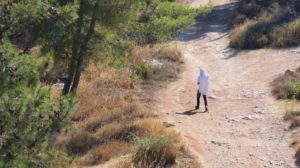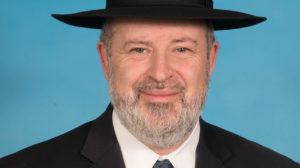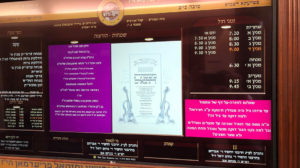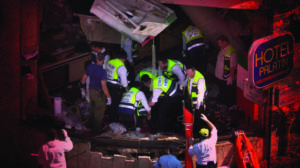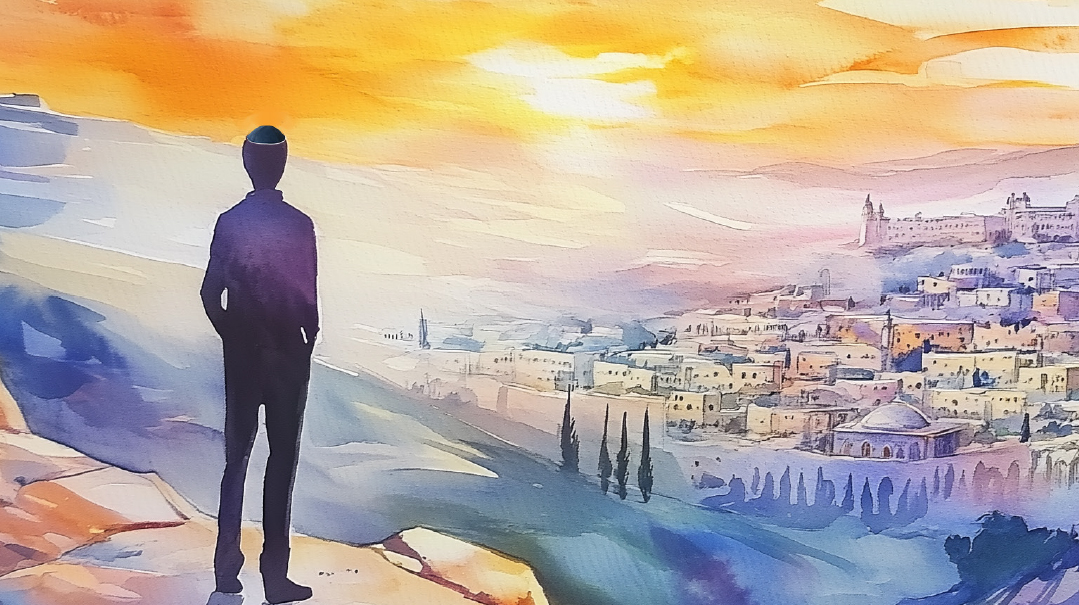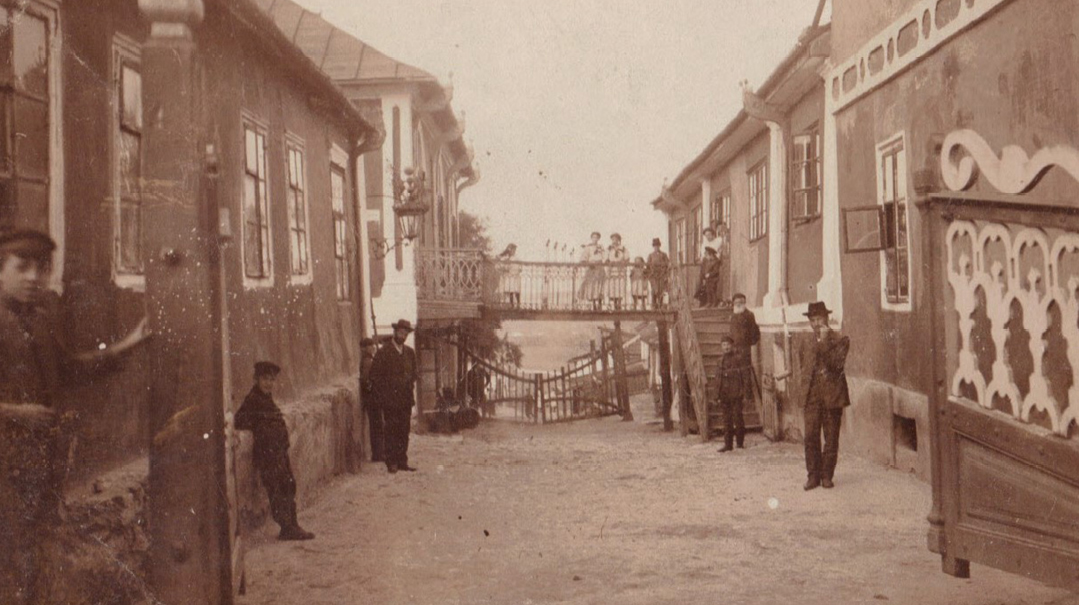Socially Distant Socially
| June 1, 2021Families had been decimated. So whom do you socialize with? Neighbors and fellow mispallelim filled the slot
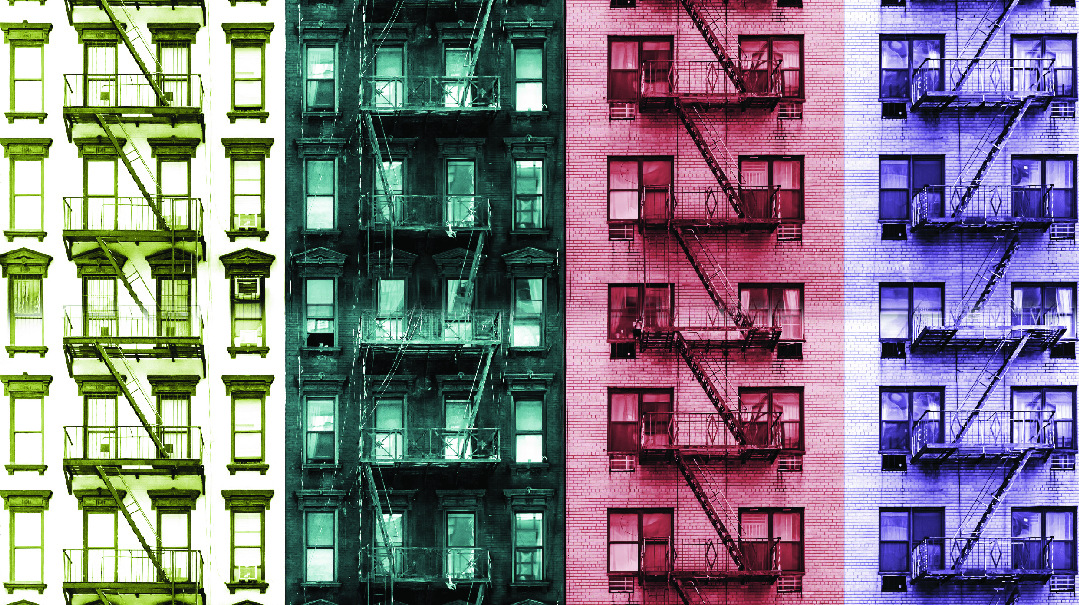
So my parents a”h arrived here at middle age. You know, the age when most people we know start reviewing their retirement plans. They arrived in a new country, which for them meant a new language, customs, and laws. Whatever ability they had to cope with all of this was weighed against their inability to communicate. And they had no friends to ease the way. They arrived with unspeakable horror etched permanently into their souls, memories from which there was no escape. And sleep soaked with horrific nightmares allowed no respite.
Did I mention that they also arrived with a precocious nine-month-old? It behooved them to adapt very quickly.
Life focused almost exclusively on earning a living, paying rent and utilities. Oh, and taking care of the little one, soon to be more than one.
Some stability was finally achieved at a cost of being drained mentally, emotionally, and physically. If they had a day off, they needed to do laundry, shop, and rest. Rest those tired, aching bodies, rest their fingers from constantly clawing and clinging to that slippery precipice of survival in this goldeneh medineh, the United States.
But after a while, a person reaches his limit of playing hermit and self-isolating. Humans, especially Jews, are social animals. We need minyan, friends, family at simchahs, and yes, to share a l’chayim, a teller cholent ihn a shtickel hayring.
Jewish life would grind to a halt without that person-to-person interaction. You know, the friends with whom we share a tish in shul, the ones whose hands we grip when we dance and whose krechtz falls on listening ears and a caring heart.
Families had been decimated. So whom do you socialize with? Neighbors and fellow mispallelim filled the slot. The chance came when the long Shabbosim finally came around.
We got dressed in the finest we had. We shpatzired up East 176th Street to the “Grend Cuncurs” after the Shabbos seudah to go hear the chazzunishe Rosh Chodesh bentshing. The Grand Concourse had three lanes of traffic in either direction, a pedestrian path populated by beautiful trees and benches, a side road to service the magnificent apartment buildings that flanked the promenade.
So the men in their pale-colored suits, straw hats, and wide ties shpatzired next to their bnei bayis and the children in tow. Straw hats, by the way, had very specific halachos. You put them on for Pesach and stopped wearing them on Rosh Hashanah. Wearing a felt hat between those times were people who just didn’t get it. The color of the hat must synchronize with the rest of your clothes.
When my parents and other refugees settled in the United States, a divide was created. There were the “geleh,” those who lived here before the krieg, and therefore were acclimated to the country and looked and acted like they owned New York. You recognized the geleh by the clips they wore to keep their talleisim on their shoulders, their gaily colored yarmulkes, and by their clasping of siddurim in front of their stomachs with both hands, with index fingers inserted into the pages, supposedly where they were “up to,” so they could continue davening without needing to find their place.
The “greeneh” were those who had just arrived. Recognizable from their acute accents and their constant struggles to find the correct English word that the moment called for. Their clothes had just been pulled from valises and didn’t fit in with the latest fashions worn by the geleh.
But up we went, past Morris Avenue, where there was Rabbi Teichner’s shtibel (we never davened there), across the street from a midsize beis haknesses (we also never davened there, and I don’t recall its name). Being insatiably curious and adventurous, I explored it. Decently furnished, with a raised bimah in the center, and the obligatory high-backed velvet thrones flanking the paroches. The mispallelim faced the rav (don’t remember much of him), who sat immediately to the right of the aron kodesh, and on the rav’s other side sat the president, with his tallis clips of sterling silver. The chazzan faced the mispallelim from the left of the aron kodesh, flanked by the vice president.
The chazzan was Yankele Hass, with tallis clips in the shape of the Luchos and a silver chain attaching the clips to each side of the tallis to keep it on his shoulders. The black chazzan hat with the pompom glued on top completed Yankele’s chazzunishe attire. He would make his grand entrance near the end of Nishmas, his tallis draping from his shoulders and covering his body almost to his toes. Walking with his hands clasped together mid-chest, down the red carpet with slow, measured steps. He mounted the stairs to the bimah, where a large siddur lay on a lectern. He brought his gaze down to the siddur and opened it magisterially to the correct page.
I remember those siddurim. They were large, with black covers, beautifully typeset with ample space between the letters, words, and lines. Can’t remember the name of the publisher or the title of the siddur.
Composing himself after this mundane task, Yankele made a semicircular bow to his left and as he completed the circle and his head was upright: Shochen Ad erupted from his mouth, his eyelids blinking rapidly in rhythm to his words and song.
He did manage to cut one record album. My father a”h bought a copy. I liked his tune for Mizmor L’Dovid, which I use every Shabbos and Yom Tov before Kiddush.
We continued further past our regular shul, Rabbi Rokeach’s shtibel. Ah, those long wooden tables, supported by stout, sturdy legs, covered by thick, heavy plastic. The benches inherited from some other shul that had closed its doors, the light blue paint on top and dark blue on bottom and the menorah by the chazzan with six blinding lights.
Rabbi Rokeach was blessed with a rich magnificent voice, an incredible nusach, and a repertoire of niggunim that he used to great effect as the baal tefillah.
The succah we used was the shul’s. Getting the food in an edible state from Teller Avenue and East 176th to the shul was a true test of skill. First the food carrier, comprising four miniature white, ceramic-coated metal pots. The bottom one looked like a normal pot, albeit sized for pygmies. The next one up had an indentation at its base that allowed it to act as a lid for the one below, and so on till the top. You then had a cover with the obligatory hoop on top. The carrying handle had a black wooden grip. On either side were two long, metal slats that had hooks punched out from its sides. You placed the lowest pot first, catching the ears of the pot on the bottom-most metal hooks, then the second, third, and fourth the last. From the carrying handle there was a U-shaped metal that swung down to press against that hoop on the cover, thereby sealing all the pots below. Great discussion took place over which pot of the four should hold the soup, which the meat, or the side dish, or compote, so that they remained in an delectable state as opposed to becoming cold, jelled, and inedible.
Socializing began here. “Vainberger, vos machst du?” This wasn’t just a conversation starter. It was a serious query of concern. Were you fired once again because of Shabbos? The unspoken question: Did you manage this month financially? And then on to other issues that affected their lives, including local politics, which was always a hot topic. Opinions depended on which of the editorials you favored in either the Forvertz or the Toog Morgen Zhurnal. We as children kept a respectful distance, but our ears were wide open, hoping to at least understand some of it.
So we continued up to the Grand Concourse and toward the great big shul with many social stops along the way. None of them long, but long enough to make that invaluable human contact. To forget about that load of anvils resting between their shoulder blades and to be recognized as human beings.
To me, the Mount Eden Jewish Center was a monstrous, awe-inspiring structure. Wide steps, beautiful massive doors, a lobby slathered in marble. On either side of those inner doors were a series of steps that led to the women’s balconies. We were ushered to the sanctuary just in time for the Torah to be returned to the aron. The paroches was drawn aside and the brass doors opened to reveal numerous sifrei Torah with their silver adornments sparkling in the light. Rows upon rows of benches surrounded the bimah starting from the back and gradually sloping down toward the platform in front, home to the rabbi, chazzan, president, and vice president on their respective high-backed velvet thrones, wearing their tallis clips.
High over their heads was the nave, from which the choir would add musical color to the exhortations of the chazzan.
Upon the closing of the brass aron kodesh doors, and the paroches being restored to its proper place, executed with due pomp and circumstance, a hush fell upon the crowd. One of the shul’s dignitaries would get up, approach the lectern, clear his throat, and in a self-important voice make the various necessary informative announcements. Shabbos schedules, mazel tovs, etc. Having concluded his remarks, he formally asked the rav to come up and inspire the congregants with words of wisdom.
Ai! Rabbi Hollander, zichrono livrachah. Speaker par excellence. Orator. Baal masbir. Who, to my little ears, rarely if ever ventured into political discussion. The congregation adored him and respectfully paid attention to his every word. No, I don’t remember his sermon, but I do remember that he managed to hold the attention of the wide rainbow of people in the packed audience.
Shabbos Mevarchim, Chazzan Sobel dismounted the aron kodesh platform and with due seriousness and gravity mounted the bimah in the center of the shul. Having composed himself, he looked up at the nave where the choir director stood poised, his hands suspended midair, holding his breath until that split second when the chazzan’s eyes met his and thus Rosh Chodesh bentshing began. The choir in four-part harmony in support of the Chazzan Sobel’s Yehi Ratzon that echoed across the shul and the sheer majesty of it all thrilled me to the bone.
Finally, and way too quickly, the davening was over, and slowly we filed out of the shul. Little me was overawed by the huge dome painted robin’s-egg blue, the shinning brass fixtures. The polished benches and red carpet running down each aisle. So much so that I didn’t explore the rest of that magnificent edifice.
And then home. The conversation between the adults was the chazzan’s extra dray by “chayim shel parnassah,” the wonderful kvetsh in “kevodo,” the “kup shtimeh” in “hu Elokeinu.”
Slowly, the conversation melted back into the struggle of day to day life. As we got closer to home, the talking ceased altogether. And the burden, the oh, so heavy burden, became the reality they had to face, alone. Chitchat became meaningless. So once again, we became socially distant, socially.
Rabbi Mayer Weinberger is the former executive director of Yeshiva Ch’san Sofer in Brooklyn, New York.
(Originally featured in Mishpacha, Issue 863)
Oops! We could not locate your form.



